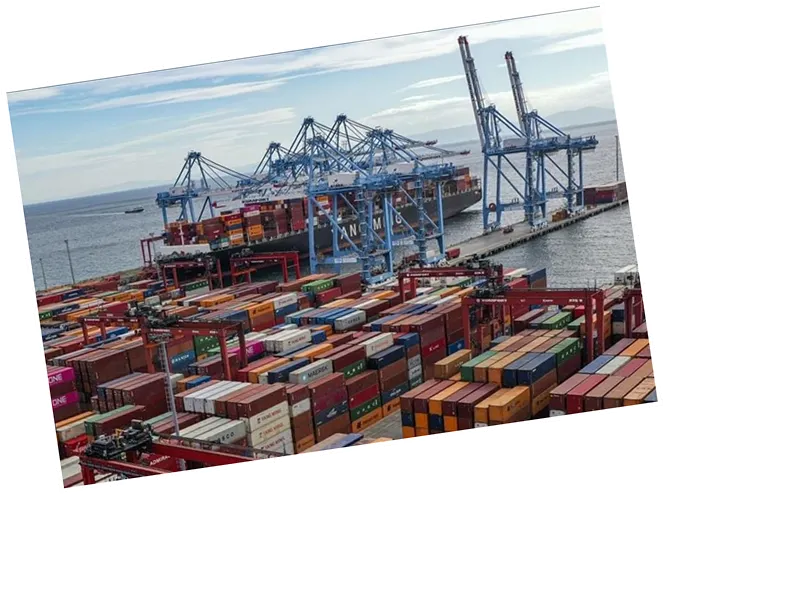Qatar's merchandise trade balance showcased a robust increase last July, reaching 20.1 billion riyals ($5.5 billion), a 2.5% rise compared to the same month last year. This improvement reflects the difference between total exports and imports, indicating a healthy economic environment in the Gulf state. The Qatar National Planning Council reported that total exports surged to approximately 30.2 billion riyals ($8.28 billion), marking a 3.9% increase year-on-year. Notably, oil gases and other gaseous hydrocarbons, including liquefied natural gas, accounted for a significant portion of these exports, totaling 6 billion riyals ($4.82 billion), despite a slight decrease in petroleum oils and crude mineral oils exports.
In terms of import dynamics, Qatar's merchandise imports climbed to about 10.1 billion riyals ($2.77 billion), reflecting a 6.8% increase compared to July 2023. Jet turbines and other gas turbines led the import categories, although their value saw a significant decline of 31.4%. China emerged as the primary export destination for Qatar, receiving 5.9 billion riyals ($1.6 billion), followed by South Korea and India, which accounted for 12.6% and 12.2% of total exports, respectively. Conversely, China and the United States were the top sources of imports, representing 14.8% and 14.3% of the total import value.
- The increase in Qatar's trade surplus can be attributed to the country's strategic positioning as a leading exporter of natural gas and petroleum products. The ongoing demand for energy resources, particularly in Asia, has bolstered Qatar's economic performance. Additionally, the slight decline in certain petroleum exports may reflect global market fluctuations and changing energy consumption patterns. Moreover, the data reveals a diversification in Qatar's import sources, with significant contributions from China and the United States. This trend may indicate a shift in trade relationships and economic strategies as Qatar continues to develop its infrastructure and industrial capabilities.






